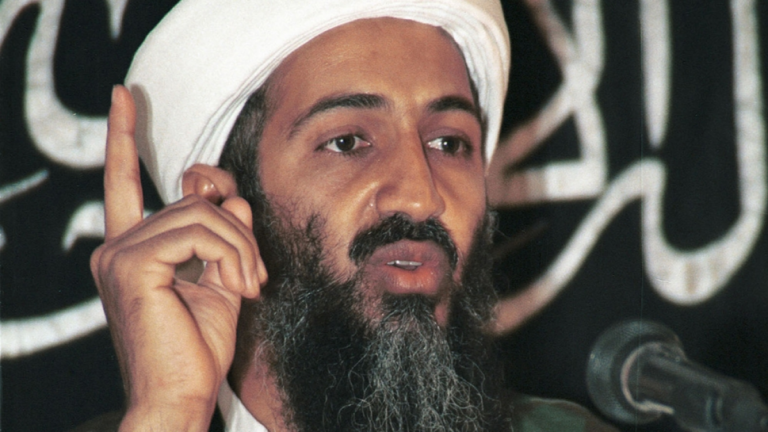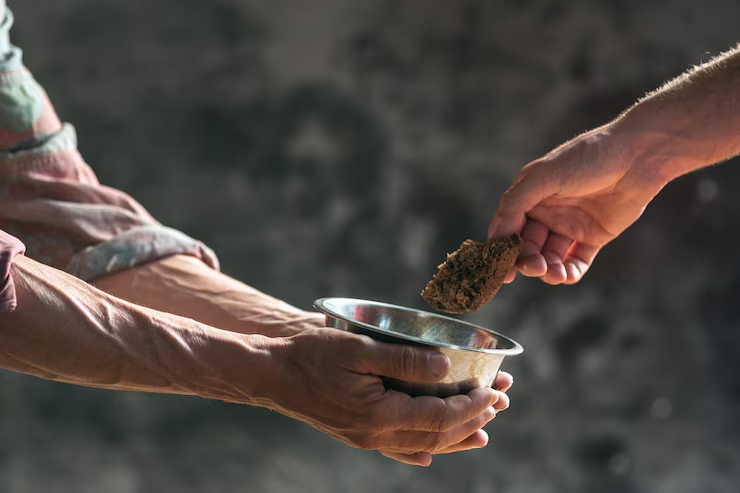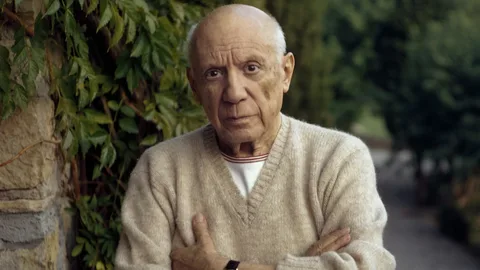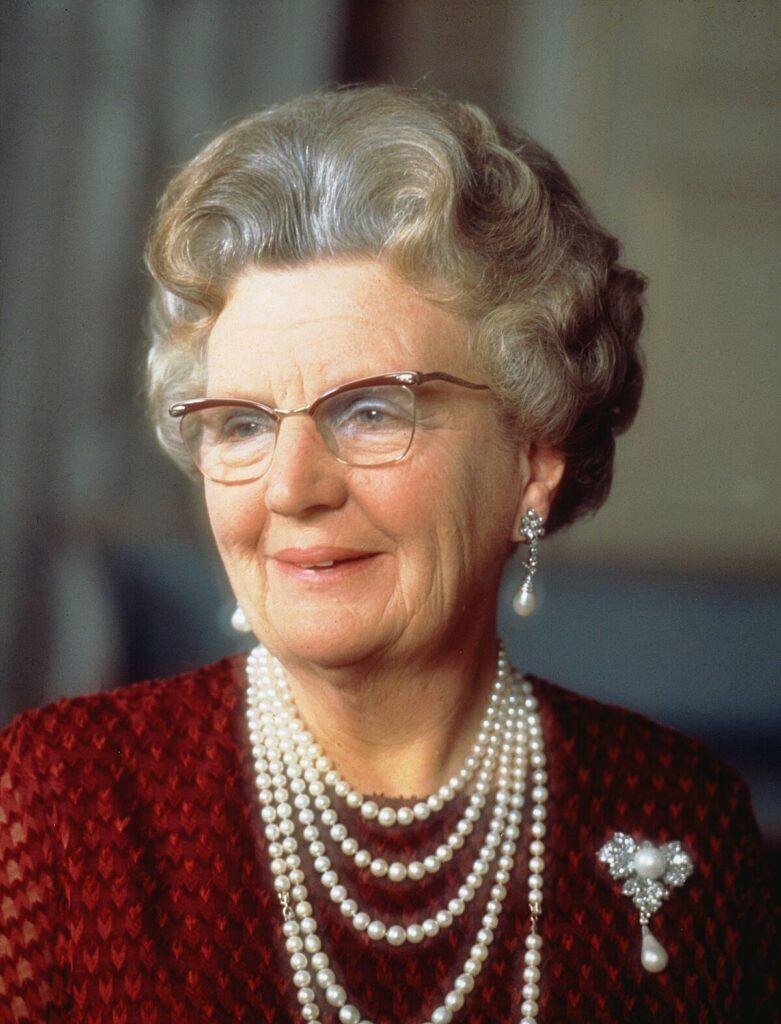Pablo Picasso
Pablo Picasso (born October 25, 1881, in Málaga, Spain—died April 8, 1973, in Mougins, France) was a Spanish-born painter, sculptor, printmaker, ceramicist, and stage designer who spent most of his life in France. Widely regarded as one of the most influential artists of the 20th century, Picasso—alongside Georges Braque—co-founded Cubism and left an indelible mark on virtually every major artistic movement of the modern era.
Over a career that spanned nearly 80 of his 91 years, Picasso’s creativity never waned. His prolific output and constant reinvention fueled the evolution of modern art. A tireless and often restless spirit, he once believed that continuous work was key to prolonging his life—a belief that drove his relentless artistic production.
Early Life and Artistic Roots
Born into a creative household, Picasso was the son of José Ruiz Blasco, a drawing instructor, and Maria Picasso López. His extraordinary talent for drawing was evident from a very young age. At just 10 years old, he began studying under his father’s guidance in A Coruña, where the family had relocated in 1891. Recognizing his son’s superior talent, José Ruiz shifted his own artistic aspirations to support Pablo’s budding career. By the age of 13, Picasso had already held his first exhibition Pablo Picasso.
In 1895, the family moved again—this time to Barcelona—where Picasso enrolled at the La Llotja art academy, where his father taught. The family expected him to follow the traditional path of an academic painter. His early success came in 1897 when his painting Science and Charity won an honorable mention at the Fine Arts Exhibition in Madrid. His father even modeled for the doctor in the painting.
Breaking Free in Madrid
Later that year, Picasso went to Madrid to study at the Royal Academy of San Fernando. However, he quickly grew disenchanted with its rigid instruction. Instead, he immersed himself in the life of the city—drawing inspiration from cafés, streets, and brothels, and spending countless hours studying Spanish masters at the Prado Museum. He especially admired Velázquez and El Greco, while being more critical of Murillo. The works of Goya also left a deep impression on him, sparking themes and characters he would revisit decades later Pablo Picasso.
In 1898, after falling ill, Picasso retreated to the village of Horta de Ebro to recover. There, his time with friend Manuel Pallarès marked a transformative period. He learned to live independently and grew closer to Catalan culture. Most significantly, he decided to break away from academic art and his family’s expectations, embracing his mother’s surname and signing his work “P.R. Picasso.” By 1901, he had dropped “Ruiz” entirely.
Turning Toward Paris and Modernism
Back in Barcelona in 1899, Picasso fell in with a group of avant-garde artists and writers who gravitated toward Parisian ideals. Many of them gathered at Els Quatre Gats (“The Four Cats”), a bohemian café modeled after Paris’s famous Le Chat Noir. It was here that Picasso held his first exhibition in February 1900, showcasing more than 50 mixed-media portraits and a haunting modernist work titled Last Moments, which depicted a priest visiting a dying woman. That painting earned a place at the 1900 Exposition Universelle in Paris.
Determined to explore the world that had inspired so many of his idols, Picasso traveled to Paris later that year with his friend and studio mate, Carles Casagemas. Their destination: Montmartre, the heart of the Parisian art world. It was the beginning of Picasso’s lifelong connection to France and the start of a career that would revolutionize how we see art—and the world itself Pablo Picasso.




















